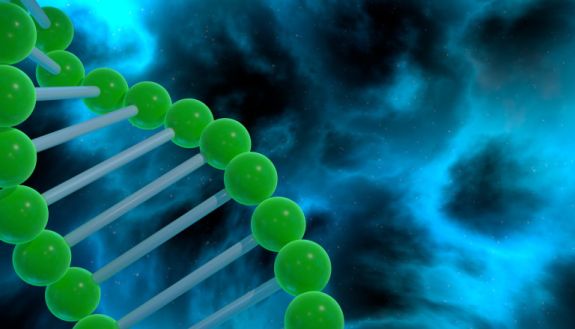
June 30, 2023
Improvement to CRISPR Gene Editing Could Make It More Effective
Read on Duke Health News

June 30, 2023
Read on Duke Health News



May 22, 2023
Read on Duke Health News







October 20, 2022
Read on Popular Science





May 17, 2022
Read on School of Medicine Magnify